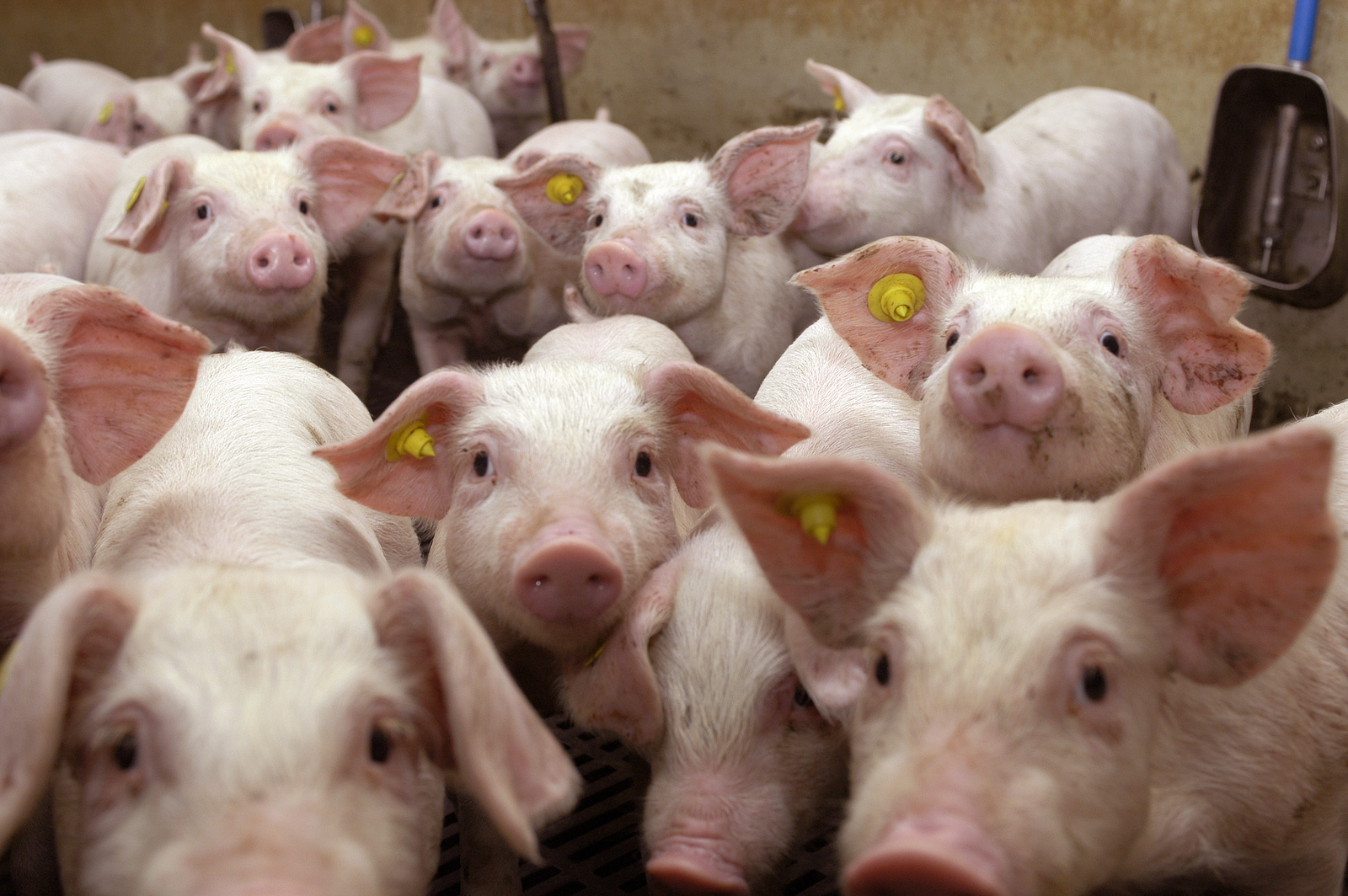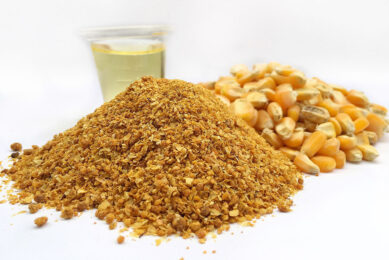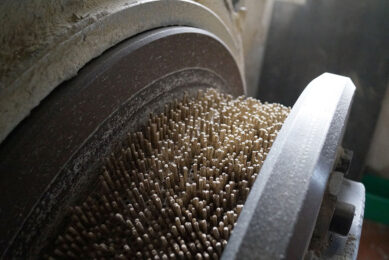New light on cereal processing

Processing cereals for weaned piglets leads to easy adaptation to solid feed; increased digestibility, stimulating early feed intake, and supply of quick energy for gut development. However, variation exits between ?different processing techniques. This article shows effects of cereals ?processed in different ways, and a new processing technique.
By Judith Neimeijer, Hands on Nutrition
The quality of ingredients used in young piglet feeds is getting more important due to the reduced use of antibiotics and the trend towards lighter piglets at weaning. Thus the weaning process is becoming even more critical. After weaning there is a high risk of reduced feed intake leading to severe gut damage. Moreover, in this period starch becomes a key energy source even though enzyme secretion is still developing and focused on milk.
What do we know about starch
in cereals?
Although starch is the most important energy source in pig feeds, there is much that is still unknown. For
example in diet formulation, no
distinction is made between slow starch and readily available starch. Especially in piglets after weaning, ileal starch digestion is not complete like in older pigs, which may cause diarrhoea and other health problems. The magnitude of this effect is not similar for all cereals.
Cereals usually have a starch content of 70-80%, but the nature of starch is varying to a great extent between cereals, which is playing a major role in the rate of absorption. For example the ratio between amylose and amylopectine depends on the starch source. Also the starch granules, in which amylose and amylopectine are found, have a varying size and shape (Figure 1 – see attached pdf).
Cereal processing
Rapidly digestible starch provides the gut with immediately available energy as fuel for intestinal microbes and epithelium; it ensured an easy adaptation to solid feed.
In a recent review, the De Vries and others reported that cereal processing not only leads to a higher amount of easy digestible starch, but also to an increased digestibility of non-starch polysaccharides (pigs: up to 19%; poultry: 4-16% higher), a reduction of particle size, a higher efficiency of feed enzymes (1.5-6x) and an improved palatability especially with corn.
These conditions make cereal processing desirable for the young piglet. However, knowing that important differences exist between types of starch in cereals, it is crucial to subject every type of cereal to its own processing conditions. Moreover, different processing techniques have varying effects on palatability.
Unicorn Starch Project
In 2012 Unicorn started a project
to find out more about starch in
processed cereals. A joint research
with Schothorst Feed Research revealed considerable differences between processing techniques on gelatinisation of starch and in vitro ileal digestibility of starch and organic matter. Experiments and practice have consistently shown that the Presco process (see box) is more efficient compared to expansion and even extruding (Figure 2 – see attached pdf). Technical manager Bram Gunter: “Presco takes into account the specific starch structure of each cereal. Risks of disappointing gelatinisation results or retrogradation are reduced to a minimum by rapid cooling, guaranteeing a predictable quality of the end product”. Figure 3 (see attached pdf) shows other study results showing the effects of cereals processing.
From choice tests with pigs, with rice as a reference, intensively heat-treated cereals show a clear preference above the raw cereals (Figure 4 – see attached pdf). Interesting is the fact that a very high inclusion of heat treated cereals (>30%) led to a lower preference by pigs.
Benchmark
Another part of the Unicorn Starch Project is a benchmark in cooperation with several laboratories. Over 100 samples of heat treated cereals from different suppliers were taken over a four-year period. It can be concluded that much variation exists among available products on the market (Figure 5 – see attached pdf). The degree of gelatinisation can even be as low as 55%.
In combination with a relatively high degree of gelatinisation, on average Presco products showed 5-12% lower ash and crude fibre contents. The latter was due to intensive cleaning before processing, also leading to low mycotoxin risks.
Presco
The Presco process (puffing) is a patented process developed by Unicorn (formerly Meneba), as the first in the market selling gelatinised cereals. During the Presco process, high pressure over a very short period of time is combined with overheated steam. The pressure is then removed in an expansion room making the cereals ‘puff’: the macro-crystalline structure collapses. It creates a typical ‘popcorn’ smell, giving high palatability by piglets.
 Beheer
Beheer









 WP Admin
WP Admin  Bewerk bericht
Bewerk bericht